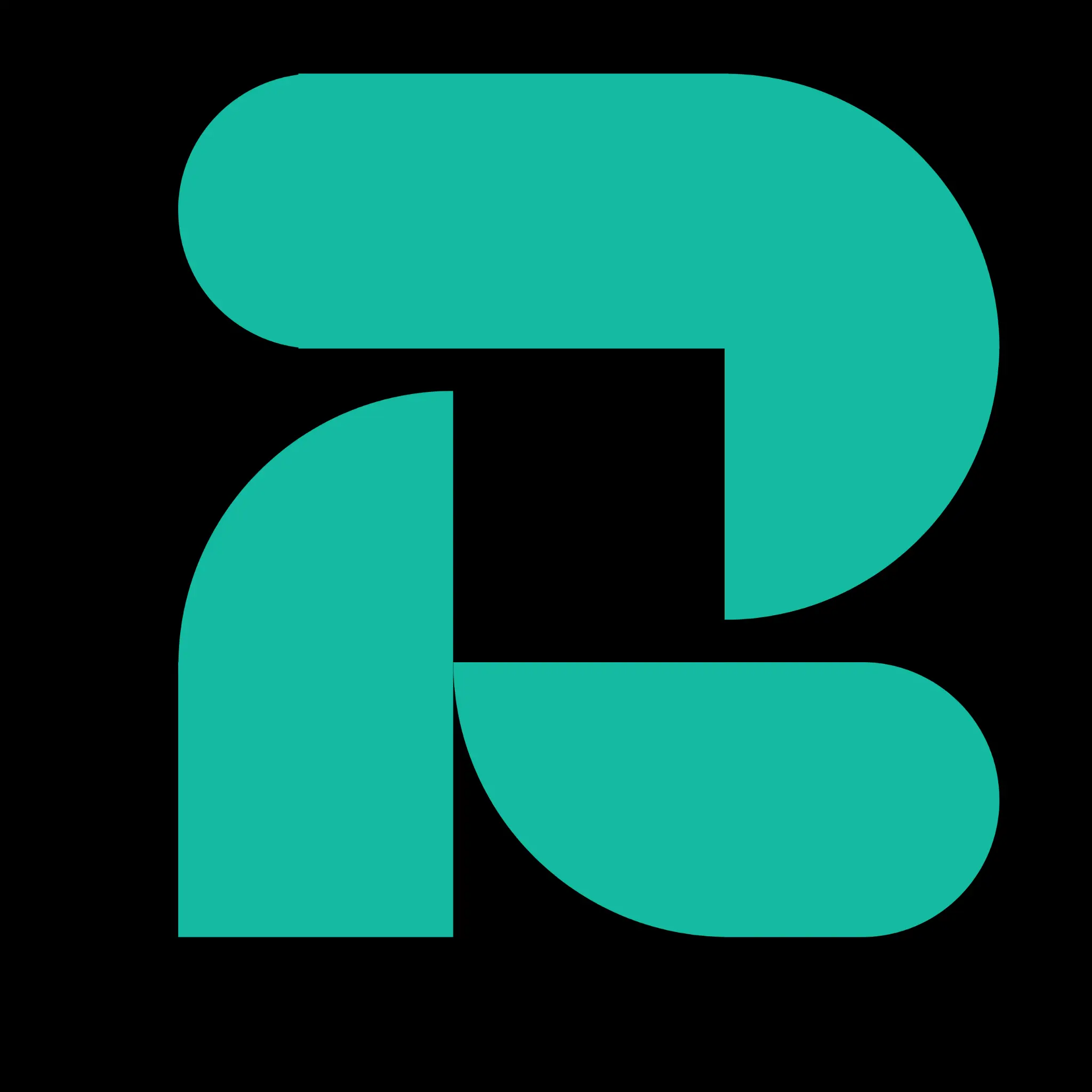Cloud computing continues to reshape digital transformation, but with its widespread adoption come escalating security challenges. This research explores the latest trends in cloud adoption, evolving threat vectors, and critical defense strategies organizations must implement to protect their cloud environments in 2025. Emphasis is placed on hybrid and multi-cloud security, compliance frameworks, and automation in cloud defense.
1. Introduction
As enterprises transition toward hybrid and multi-cloud architectures, securing dynamic and distributed cloud environments becomes increasingly complex. Misconfigurations, identity risks, and shared responsibility gaps pose serious vulnerabilities. This paper outlines the key cloud security trends of 2025 and offers actionable insights for mitigating risks.
2. Current Cloud Threat Landscape
2.1 Misconfiguration and Human Error
Studies continue to show that cloud misconfigurations remain the leading cause of data breaches. Over-permissive IAM policies and unsecured storage buckets are common vulnerabilities.
2.2 Supply Chain and API Attacks
With heavy reliance on third-party services and APIs, attackers increasingly target cloud supply chains and exploit poorly secured interfaces.
2.3 Ransomware-as-a-Service (RaaS)
RaaS campaigns have expanded into the cloud, targeting backups and cloud-hosted applications with sophisticated payload delivery mechanisms.
2.4 Insider Threats
Privileged users and contractors represent internal risks. Cloud environments often lack sufficient monitoring to detect unusual access behavior in real-time.
3. Strategic Cloud Security Approaches
3.1 Zero Trust for the Cloud
Zero Trust principles — verify explicitly, use least privilege access, and assume breach — are vital in securing access across cloud assets.
3.2 Cloud Security Posture Management (CSPM)
CSPM tools continuously assess misconfigurations, enforce policies, and provide compliance reporting across cloud providers.
3.3 Encryption and Key Management
Data-at-rest and in-transit encryption using customer-managed keys (CMK) enhances data confidentiality in IaaS and SaaS environments.
3.4 Identity and Access Management (IAM)
Modern IAM strategies leverage just-in-time access, multifactor authentication (MFA), and federated identity to minimize exposure.
3.5 Security Automation and AI
AI-powered threat detection, automated remediation, and Infrastructure as Code (IaC) scanning are becoming core elements of DevSecOps in cloud.
4. Regulatory Compliance and Governance
Key compliance mandates relevant to cloud security:
- ISO/IEC 27017 – Guidelines for cloud-specific information security controls.
- GDPR and CCPA – Address cloud data residency, consent, and breach notification.
- CSA STAR Certification – A framework for cloud providers’ transparency and control maturity.
Strong governance frameworks ensure continuous visibility, accountability, and risk management across all layers of cloud infrastructure.
5. Emerging Technologies and Trends
5.1 Confidential Computing
Hardware-based enclaves allow secure data processing in memory, protecting sensitive operations in cloud-native apps.
5.2 Multi-Cloud Security Meshes
Security meshes allow unified policy enforcement and monitoring across diverse cloud platforms.
5.3 Serverless Security
As serverless grows, focus is shifting toward securing function-level permissions, event triggers, and dependency libraries.
6. Conclusion
The evolving nature of cloud infrastructure demands proactive, automated, and policy-driven security. In 2025, organizations that align with Zero Trust, automate security posture management, and invest in compliance readiness will be best positioned to manage cloud risk and resilience.
References:
- Cloud Security Alliance. (2024). Top Threats to Cloud Computing. https://cloudsecurityalliance.org
- NIST. (2023). Guidelines on Security and Privacy in Public Cloud. https://www.nist.gov
- ENISA. (2024). Cloud Security for SMEs. https://www.enisa.europa.eu
- ISO/IEC 27017:2015 – Information technology — Security techniques — Code of practice for information security controls based on ISO/IEC 27002 for cloud services.
